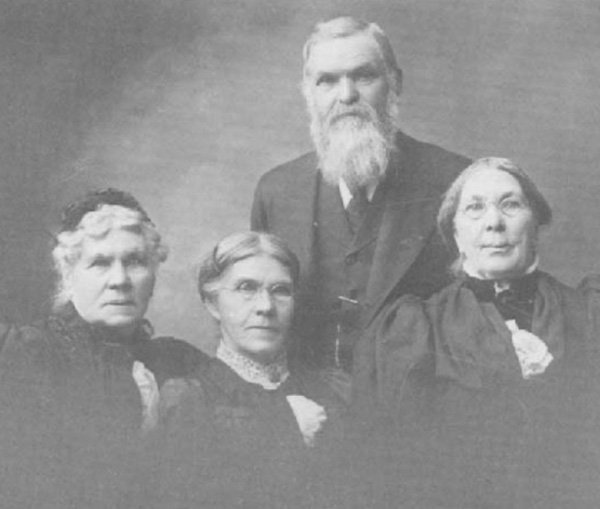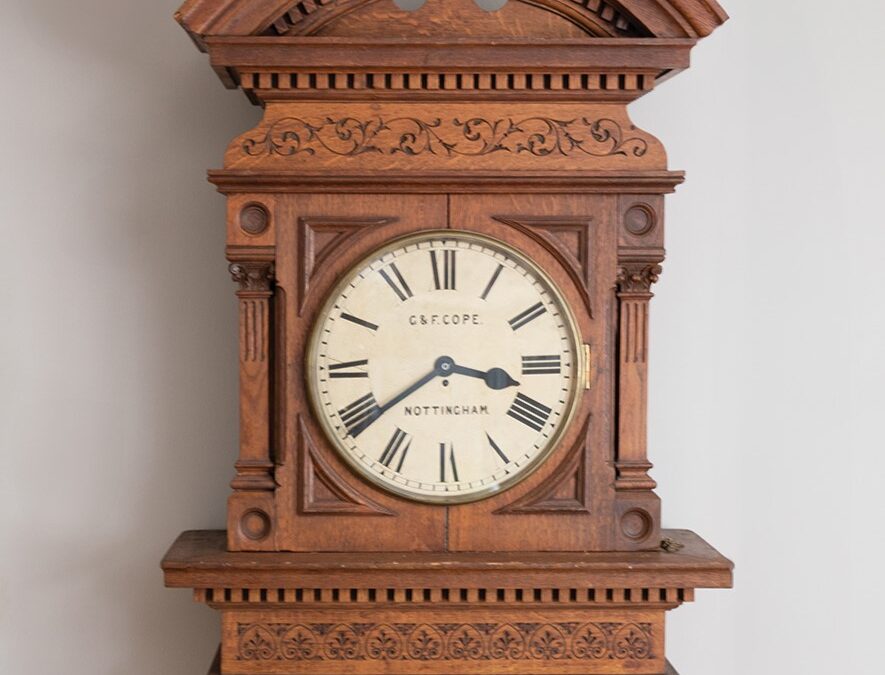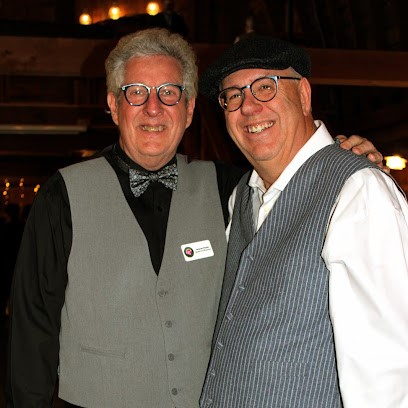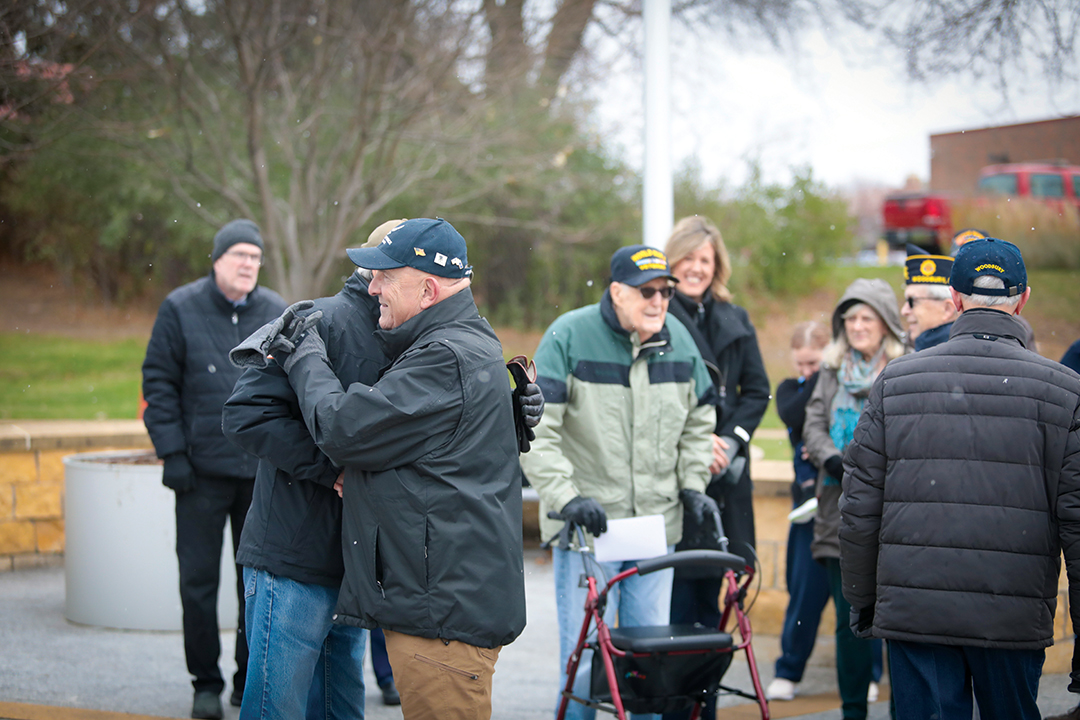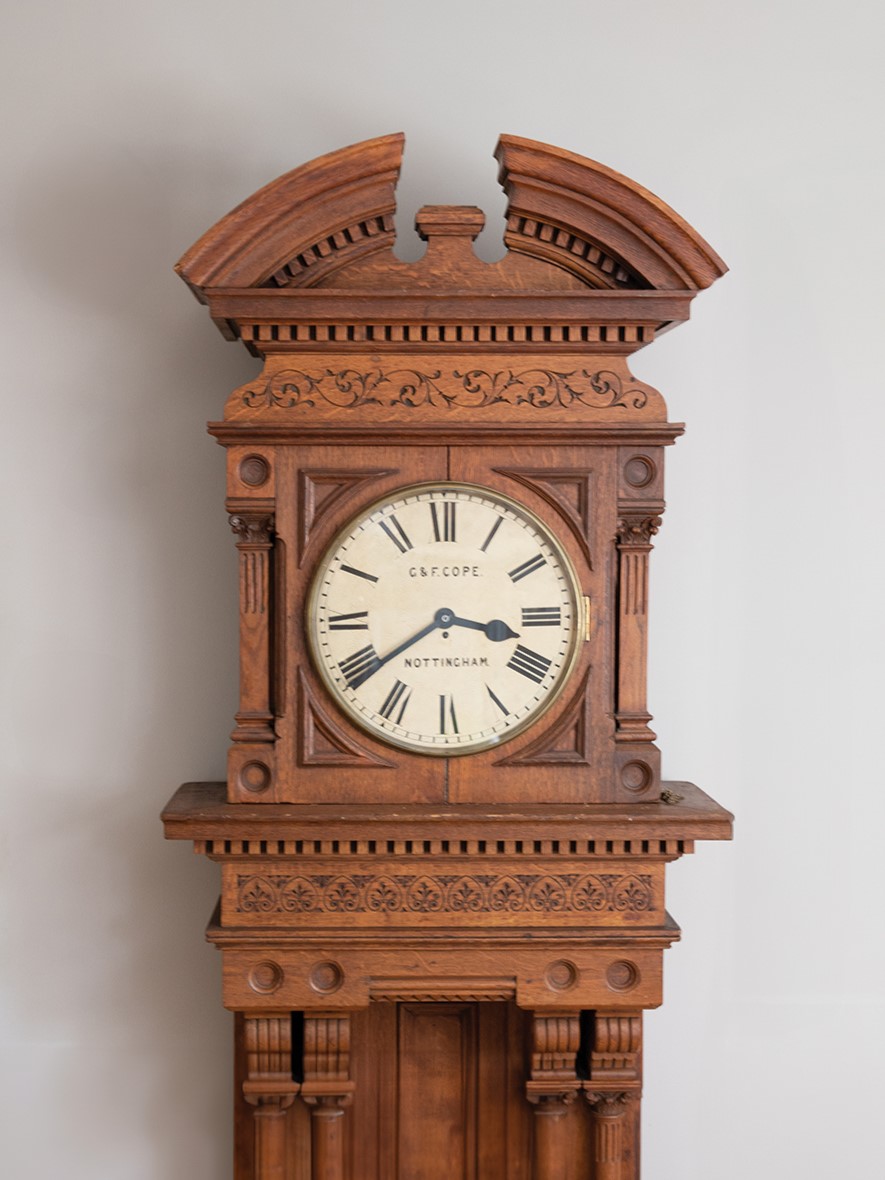
iStock/LightFieldStudios
For more than 12,000 local young athletes, volunteers make the difference.
Parents and others who worry about kids spending too much time online and being too attached to their digital devices might find some reassurance in the following statistic: 12,000 kids. That’s the number of young boys and girls involved in playing one or more of the 10 sports offered by the Woodbury Athletic Association. In fact, Woodbury’s kids sports program was the largest in Minnesota until last August, when 900 Woodbury soccer players changed their affiliation to a different, statewide organization, according to WAA executive director Gene Johnson.
Keeping an organization the size of the WAA running smoothly obviously takes a lot of organization—and a lot of volunteers willing to donate their time and effort. A board of directors selected by the general membership runs the association. The board is a policy-making body responsible for the smooth administration of its youth sports programs: baseball, basketball, football, soccer, softball, track, travel baseball, travel softball, volleyball and wrestling. The board relies on participation from 1,600 coaches and parents who volunteer many hours of their time.
The WAA, which had a $3 million budget in 2017, is financially self-sufficient, Johnson notes. The primary funding sources are participation fees, and charitable gambling (pull tabs sold at Cowboy’s Jack’s and Wild Bill’s Sports Saloon).
Johnson and his wife, Corrine, who served as the WAA’s membership coordinator from 1984-85, were involved as volunteers before Johnson became executive director. Three of their four kids (now adults) competed in various sports over the years, including girls softball, soccer and basketball, and boys football, baseball and hockey. In recent years the association has professionalized its youth sports operation. In 2002 they added a 10,000-square-foot warehouse to store equipment, and a 3,000-square-foot office facility where Johnson and other staff keep daily office hours. Every sport has its own director and 16-member board and coordinators for each grade, with volunteers working under them. All responsibilities are “broken down to a manageable size,” Johnson notes.
But the biggest change began in the early 1990s: Like many other youth sports groups across the U.S., the WAA began to emphasize the training and certification of all coaches. The vast majority of parents and other adults who get into coaching are well-intentioned, but guidance, and some working knowledge of the sport, is helpful. “We work hard to make sure our coaches are teaching the right things. If there are any issues involving coaches, we [work on those] right away,” Johnson says. For the past four years, the WAA has been affiliated with a national company called Trusted Coaches, which provides online training courses in topics like positive coaching, first aid and concussion awareness. A new federal law, which took effect last June, the Safe Sports Act, requires training all coaches to recognize and report abuse of children.
Communication is particularly important, Johnson notes, to make sure everyone involved knows the group’s rules, regulations and bylaws, and the WAA’s ruling philosophy: “It’s all about the kids.” That’s “underlined,” Johnson says, to remind all grownups to avoid favoritism on their kiddos’ teams.
“All of the kids are supposed to have the same opportunity and be treated the same. That’s our laser focus. We spend a lot of time in our board meetings talking about how we can make the experience better and keep kids involved,” says Johnson, a retired police officer who says he learned in that role “the importance of keeping kids busy doing constructive, positive things.”
The WAA is not the only organization of its kind in Woodbury. About 3,500 kids compete in the East Ridge Athletic Association (ERAA) in baseball, football, basketball, soccer, volleyball, tennis, softball and track and field. Kids from the communities of Woodbury, Cottage Grove, Afton, Newport and Denmark Township are eligible to participate, according to president Lance Highum.
Woodbury resident Dwayne Bertotto got involved in coaching baseball about nine years ago and has been coaching for ERAA for 6 years. Like many volunteer coaches, he has enough fun doing it to keep coming back season after season. He appreciates the camaraderie that develops among teammates. “Baseball is a unique sport; there’s a lot of bench time, kids being with their buddies. One of my favorite things, especially as they get older, is seeing them develop personalities, a sense of humor. Even something as a problematic as a rainout can turn into an unbelievable time, just sitting in the dugout with the team.”
Obviously, as kids get older, the coach’s role changes, Bertotto says. “Once they understand the fundamentals of baseball, as they get older we can start implementing some of the character aspects of the game, and life – building work ethic, sportsmanship, learning how to treat each other and other teams.”
Leaders say that recruiting coaches is not difficult, “because most people who put their kids in sports want them to have a good experience,” Johnson notes. “A lot of parents are willing to step up and help out at practices. We have some wonderful volunteers.”
Winning is fun, and winning championships is exciting. But the volunteer coaches seem to be motivated by the same emotional payoff often cited by teachers, Johnson says: the “light-bulb” moment that indicates a kid is learning something useful. “When a kid is successful in doing something he or she couldn’t do before the start of the season, it makes it all worthwhile. Everybody likes seeing a kid achieve something great.”

